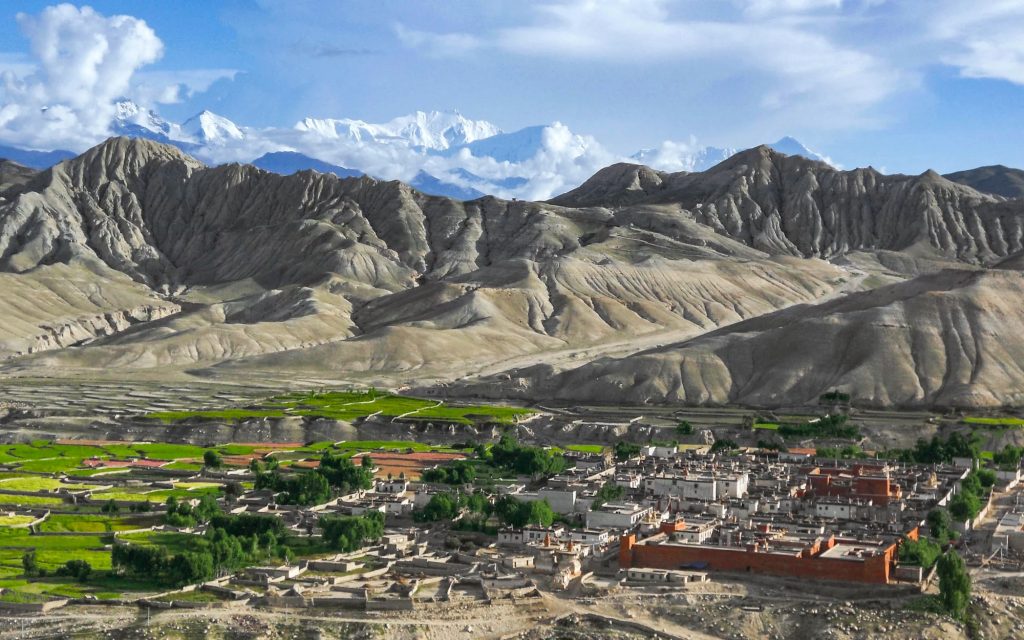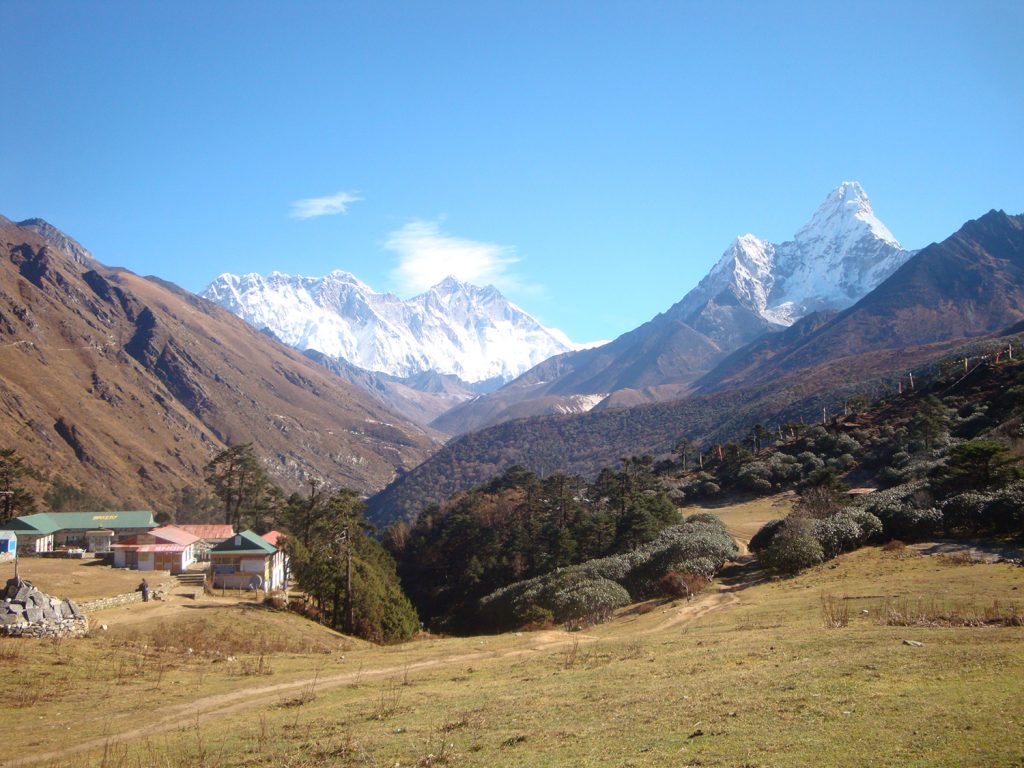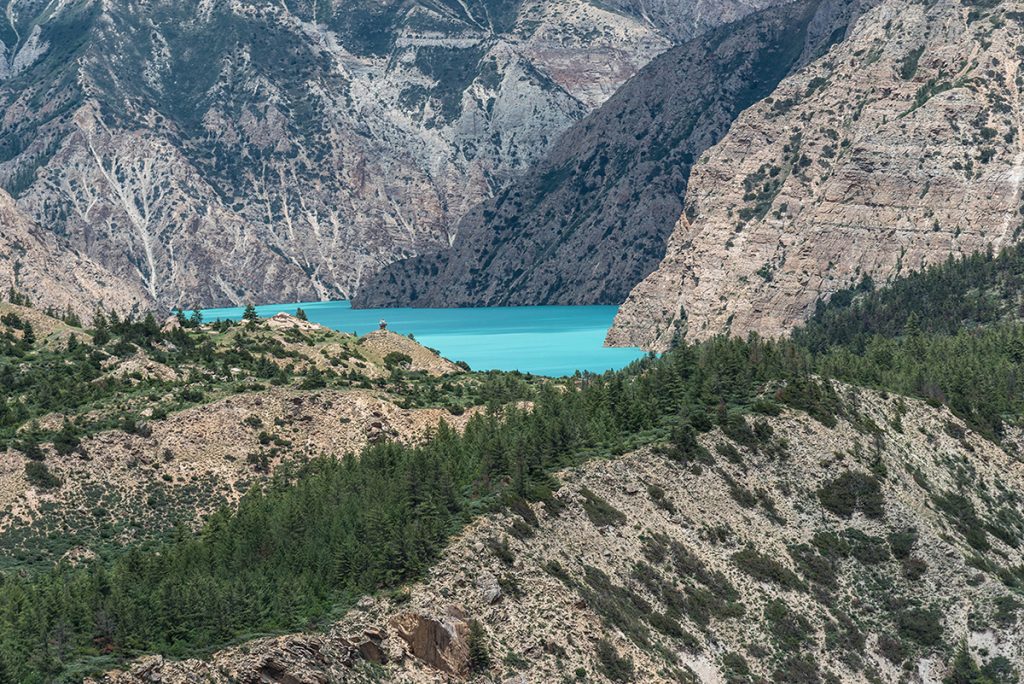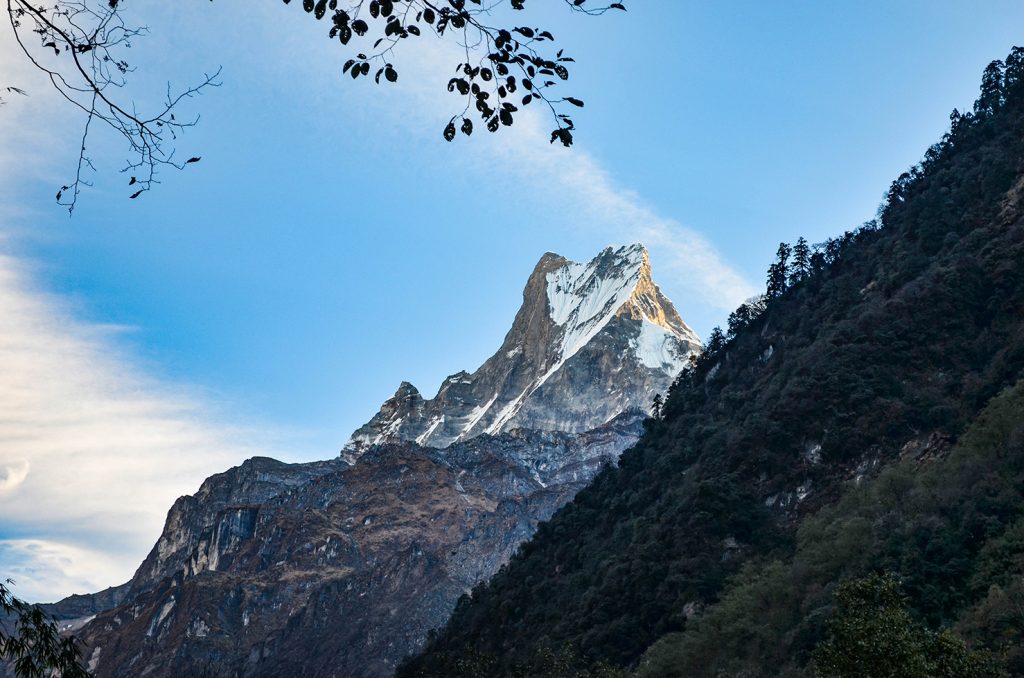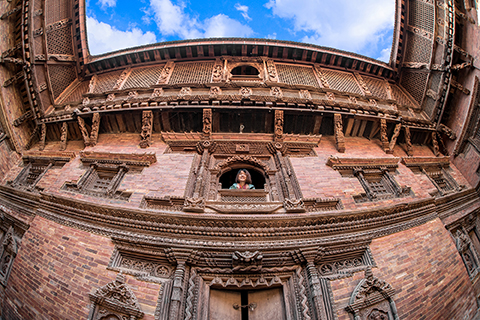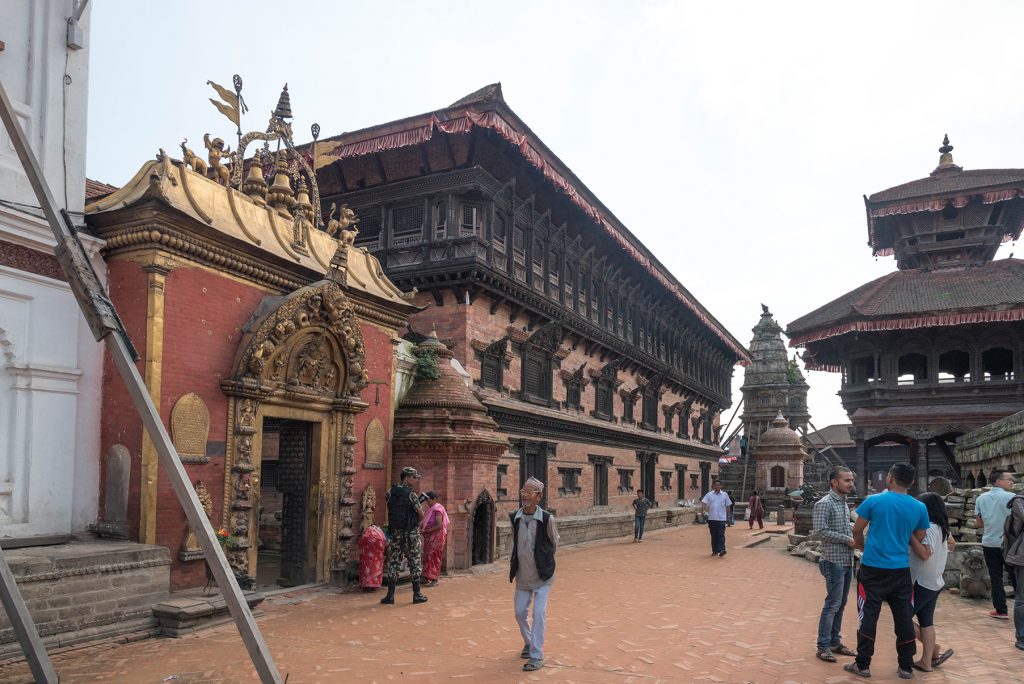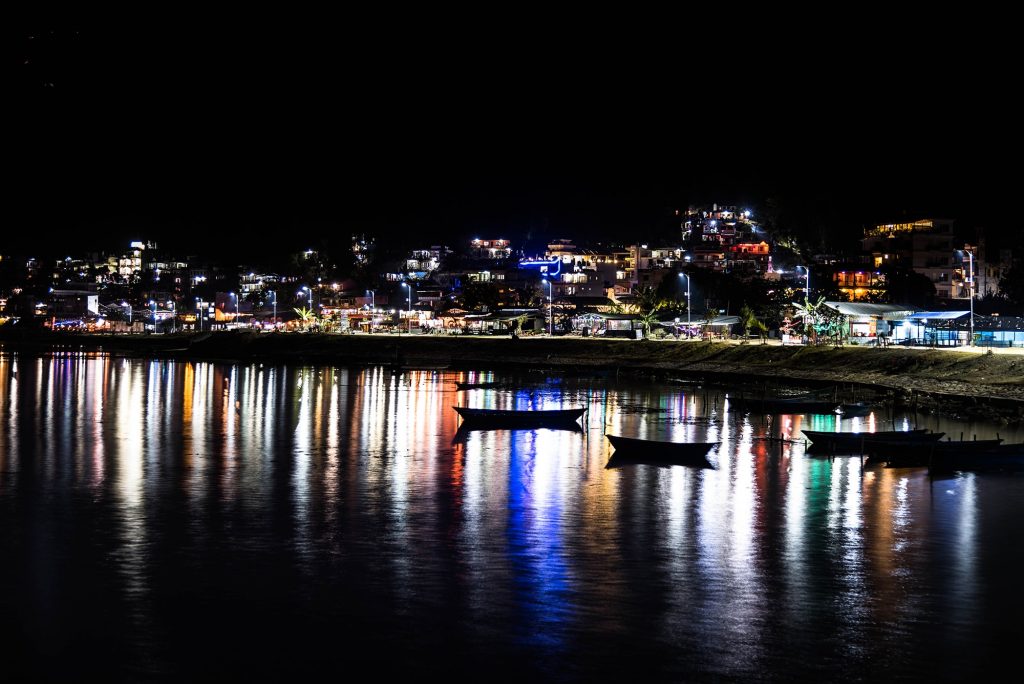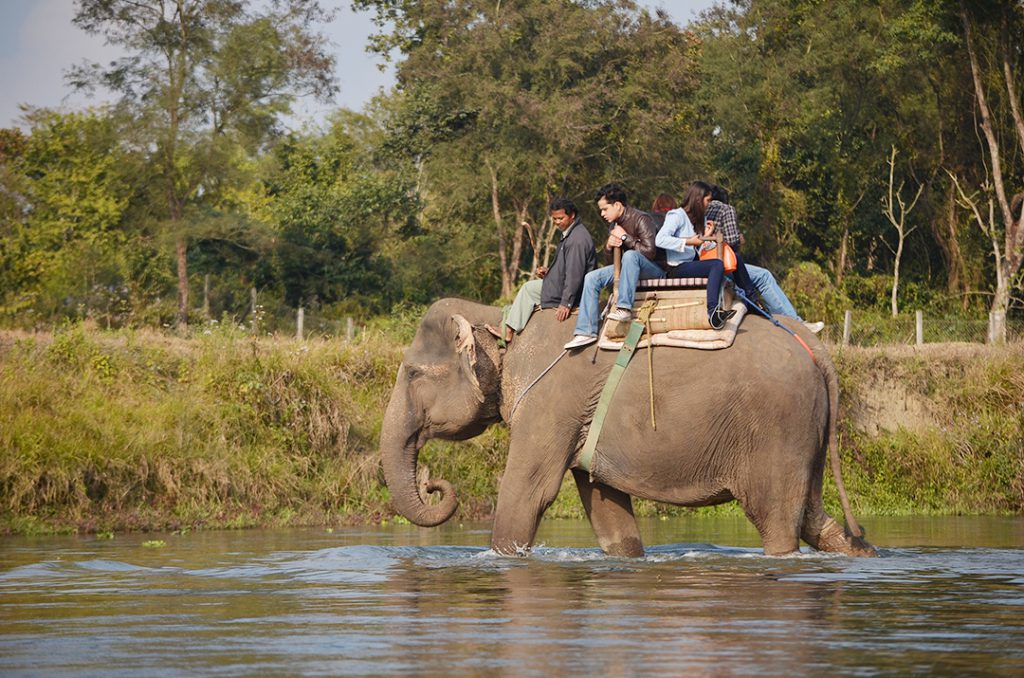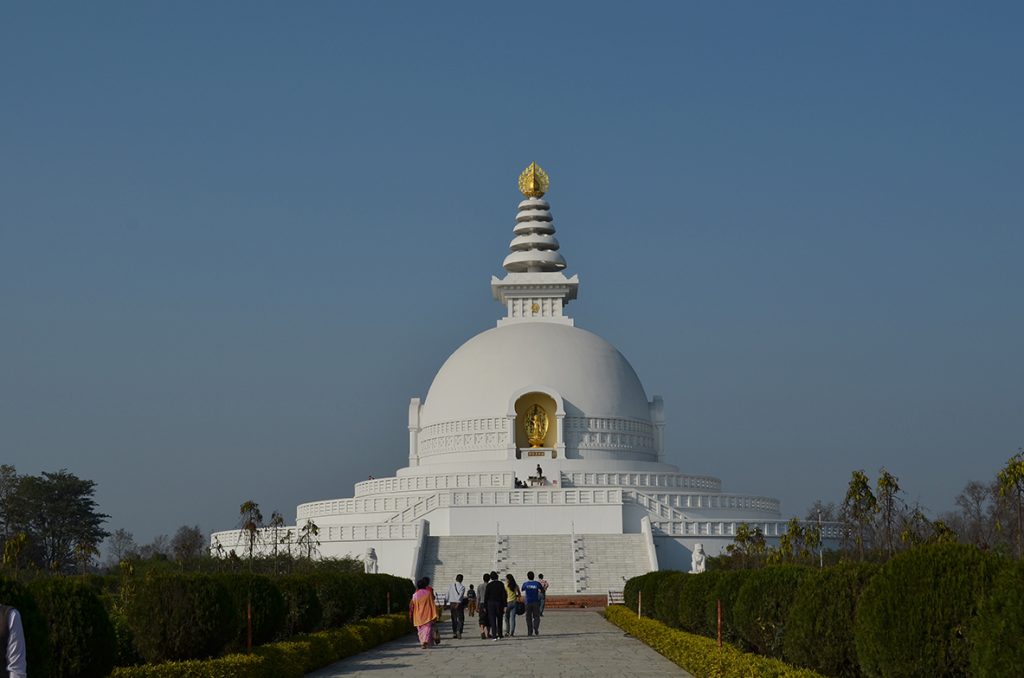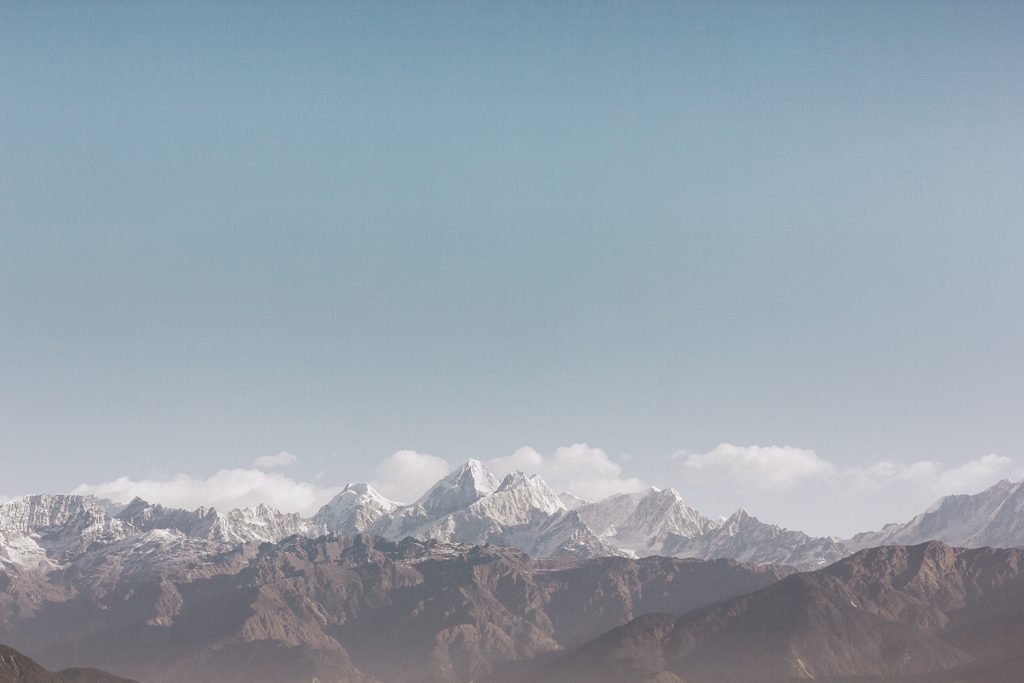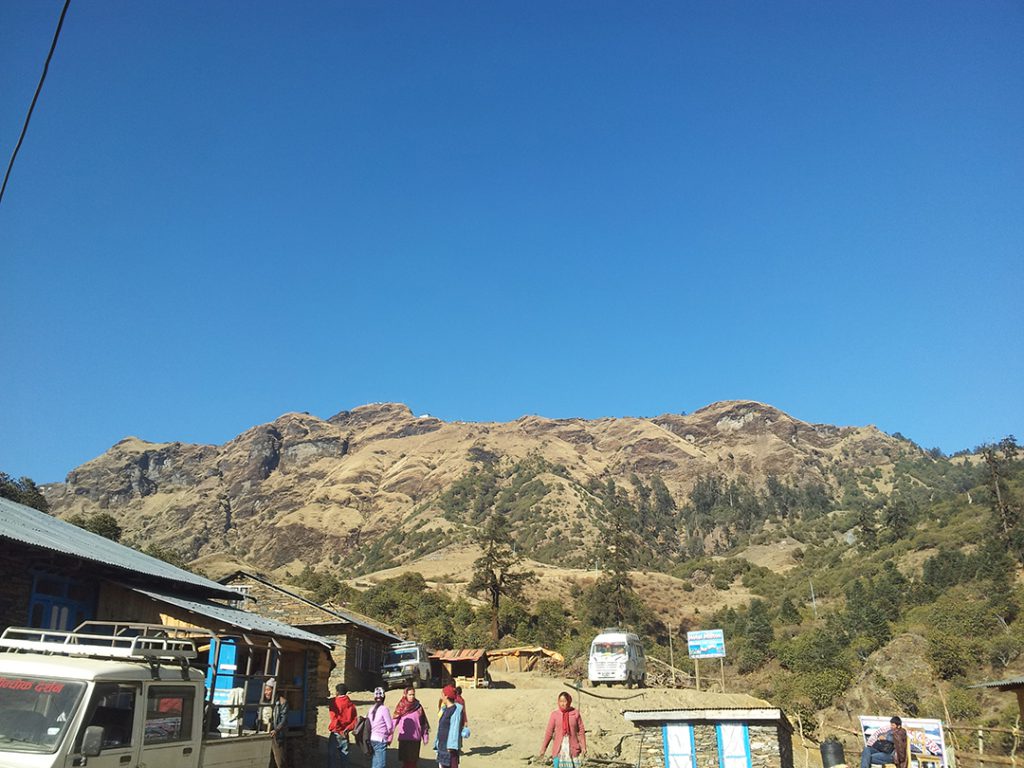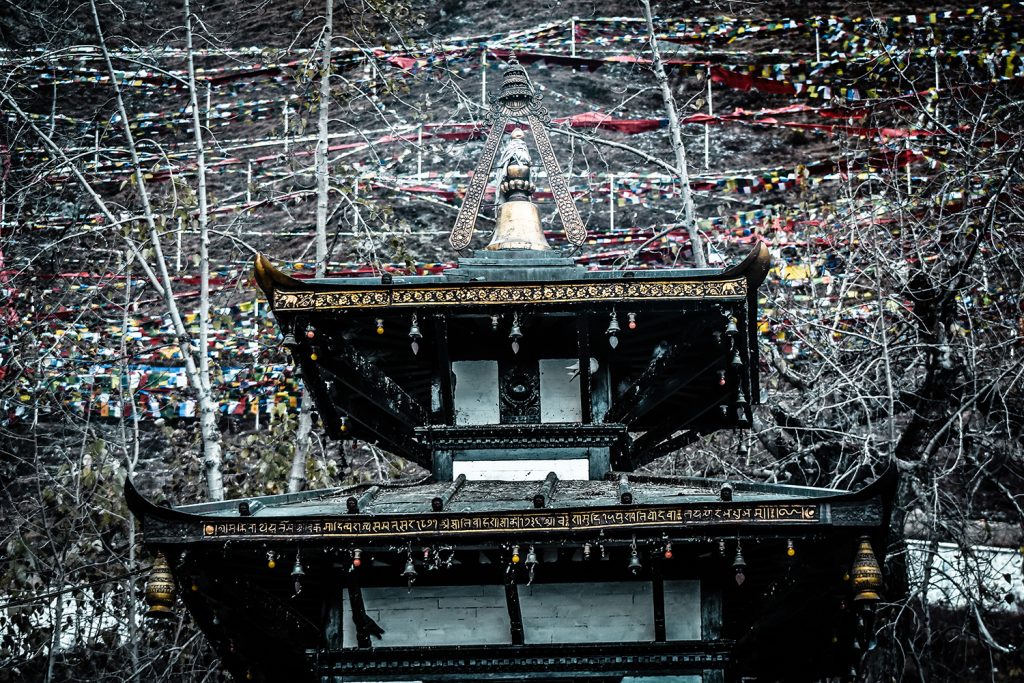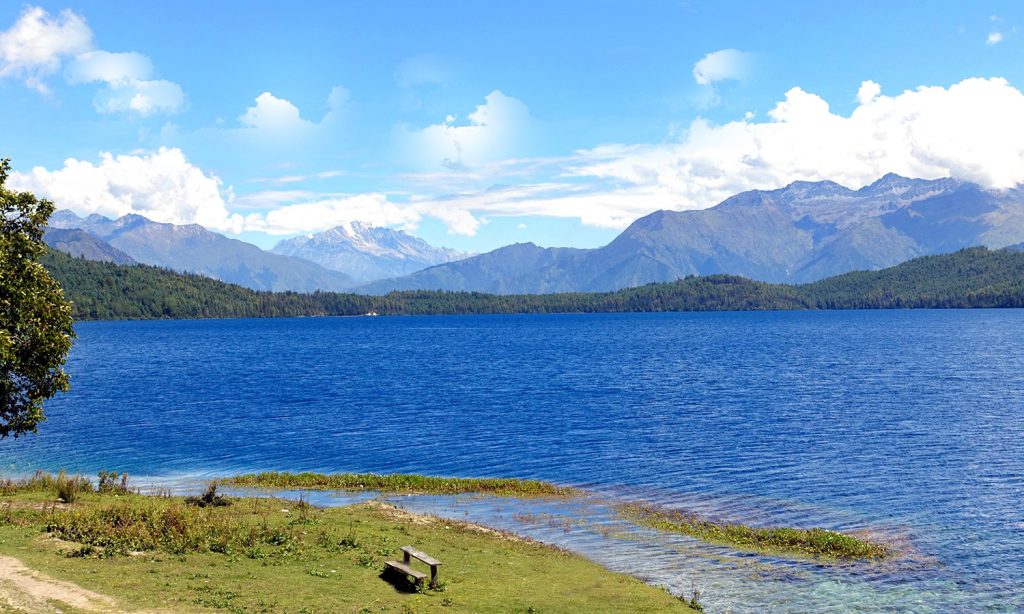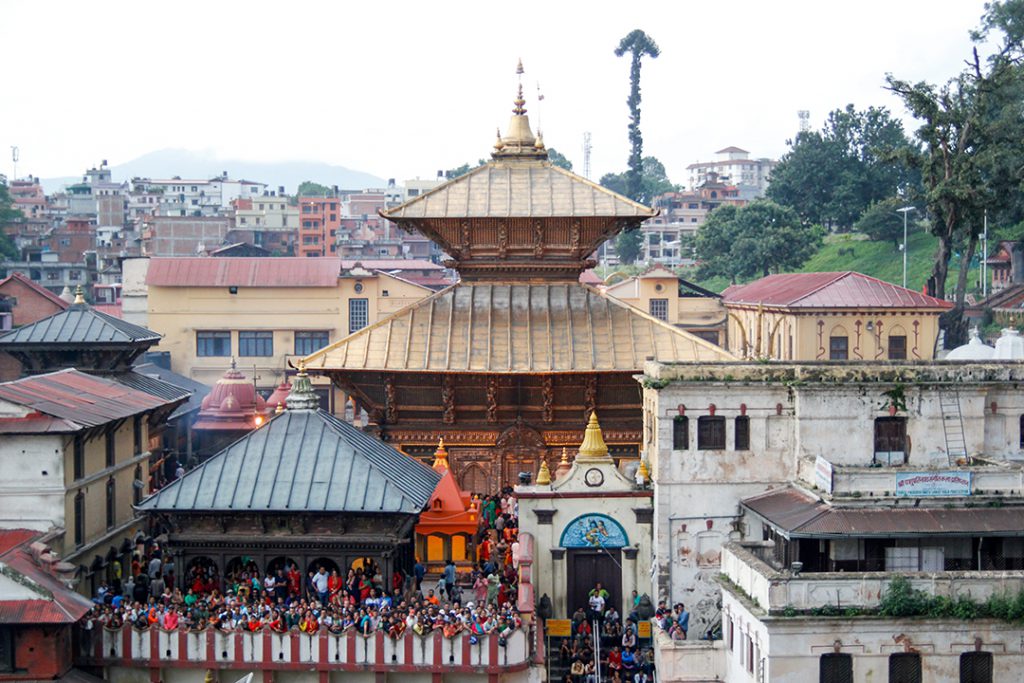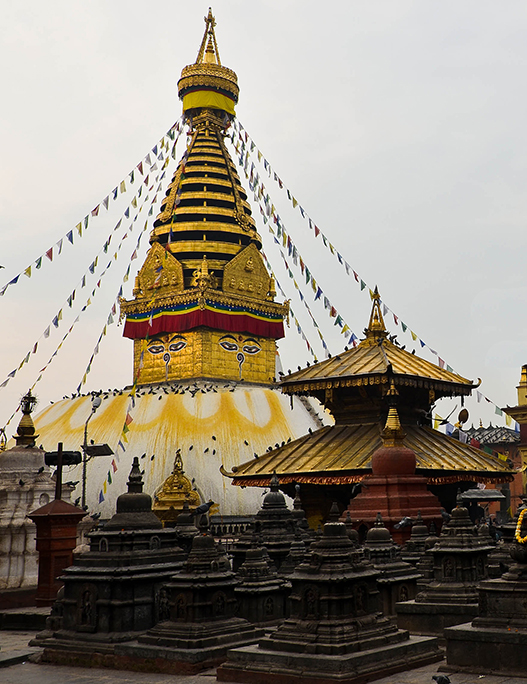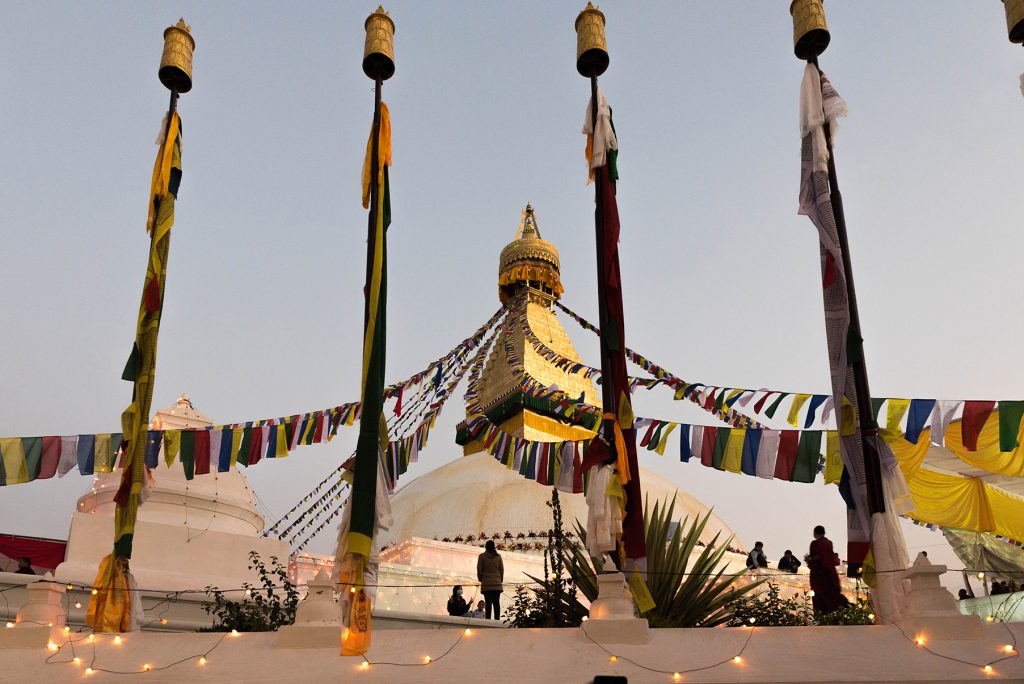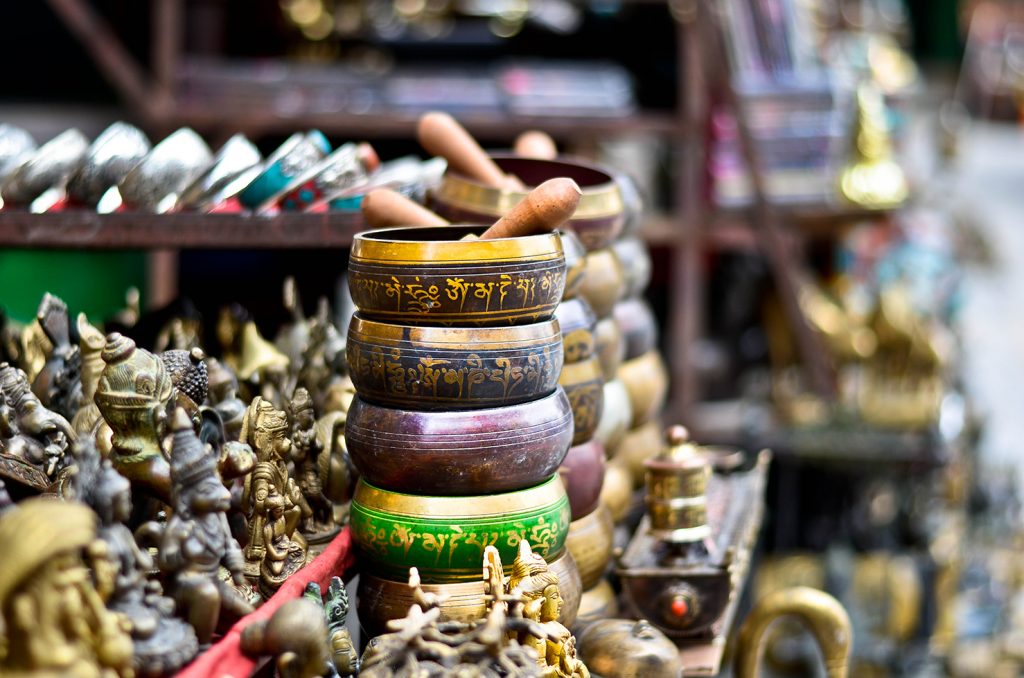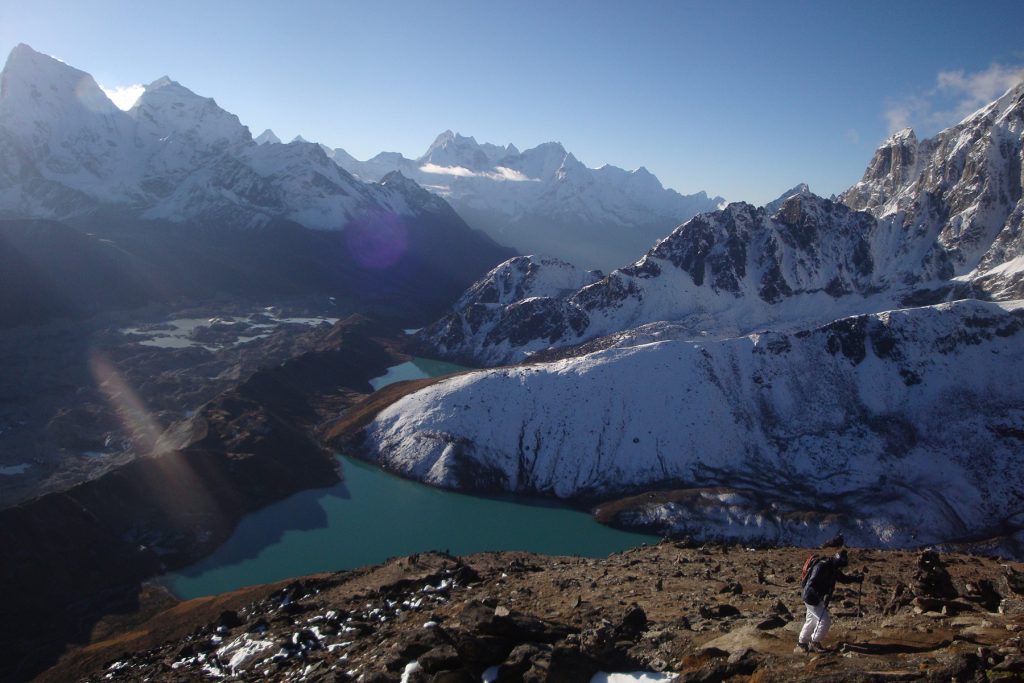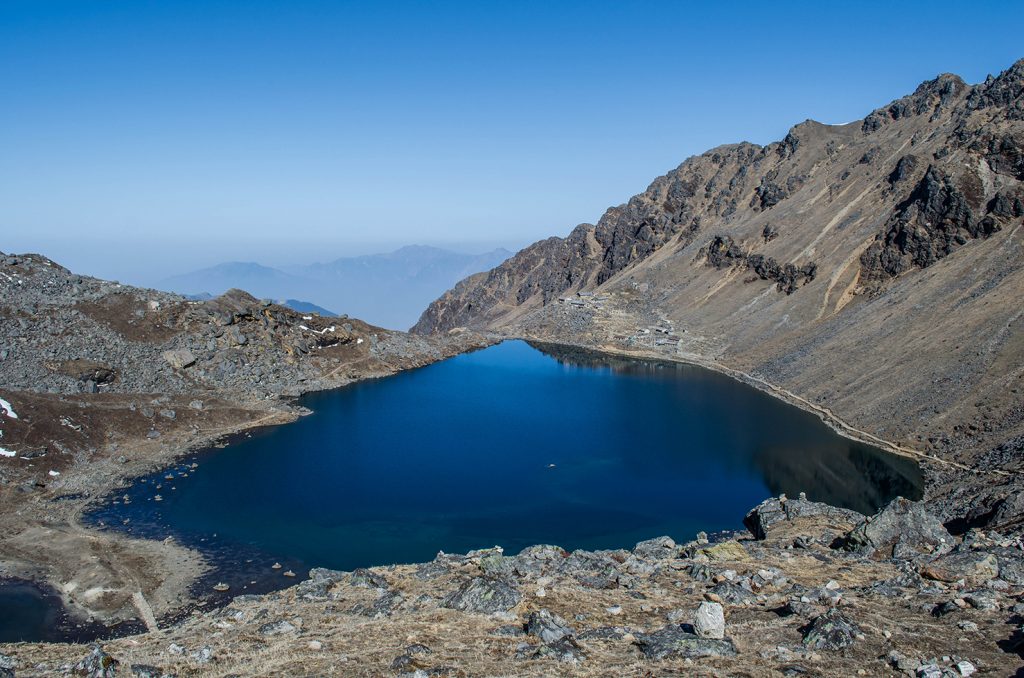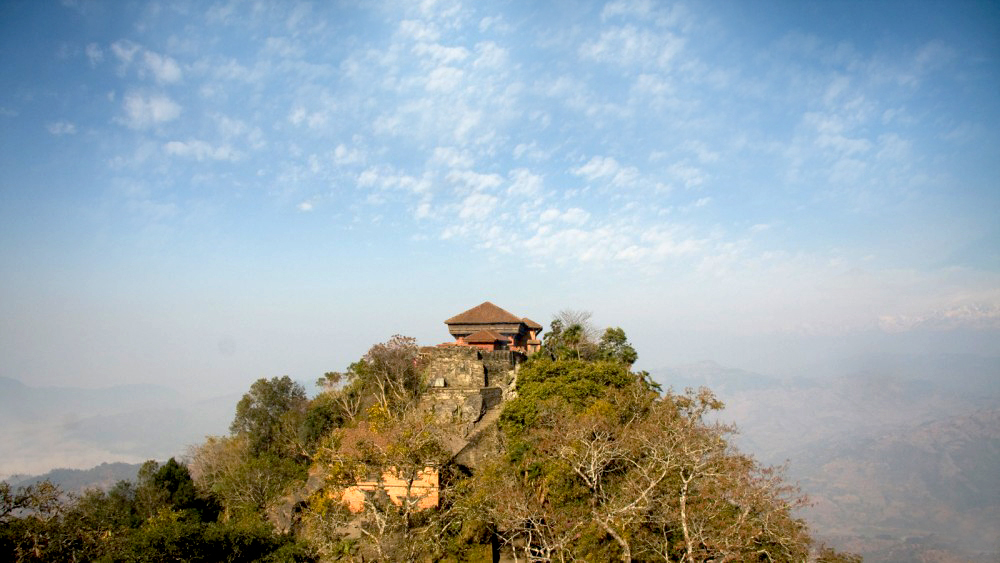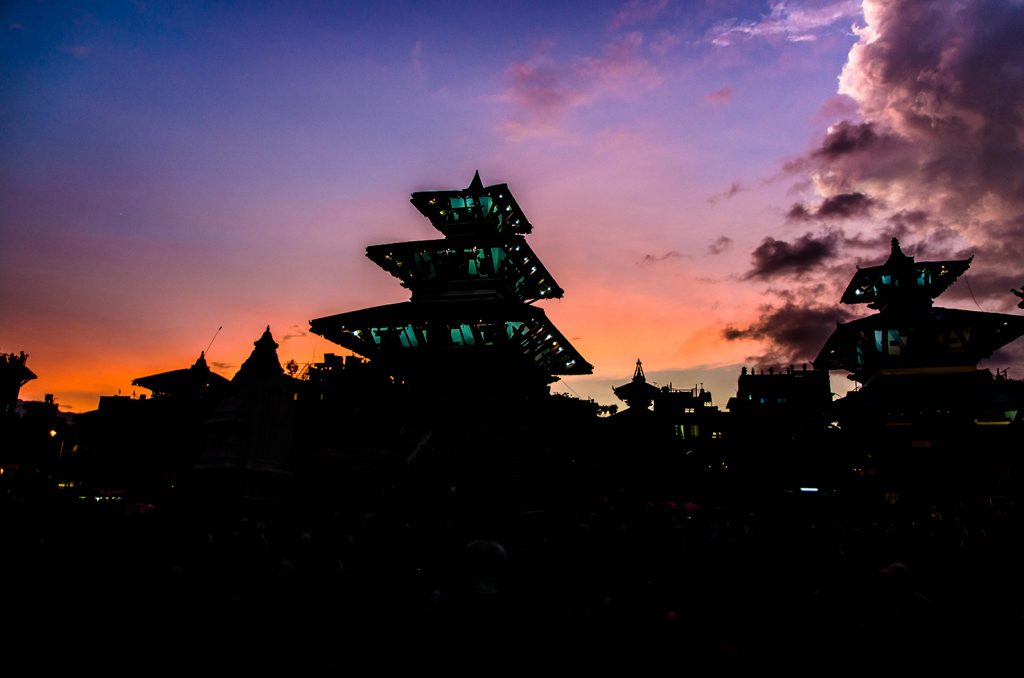
Kathmandu is the capital city of Nepal. It is surrounded by four major mountains: Shivapuri, Phulchoki, Nagarjun, and Chandragiri. The city stands at an elevation of approximately 1,400 metres (4,600 ft) in the bowl-shaped Kathmandu Valley of central Nepal. The climate is generally warm followed by cool nights and mornings. It has the highest population density with a Hindu and Buddhist majority. Kathmandu is a melting pot of diverse culture, historic city with breathtaking Newari architecture, centuries old Hindu and Buddhist religious sites. Kathmandu is the land of gods and is blessed by living goddess Kumari. It was designated a UNESCO World Heritage Site in 1979. The main attraction of Kathmandu valley is:
Royal Palace (Hanuman Dhoka), Kathmandu durbar square with small and big temples that are built around 13th and 17th century along with Taleju temple, the Shiva Parvati temple, and Maiju temple. Next, Swayambhunath temple is one of the biggest Buddhist stupas in Nepal which is situated on the top of the hill and also known as monkey temple because of lots of monkeys available over the hill. Last but not the least, one of the biggest temples for Hinduism the Pashupatinath temple is must visit temple of Nepal. The temple is dedicated to Lord Shiva and Maha Shivaratri festival is the biggest day that is celebrated here. Next in line is to see the Kumari Bahal from where the Living Goddess Kumari appears daily in the window of her palace. Different endless ceremonial processions and events take place every now and then with throngs of devotees seeking joy in spiritual celebrations. From economic point of view also Kathmandu is considered as the major city. Kathmandu, the heart of city, is the political as well as cultural capital of the country.
Kathmandu the City of Temple
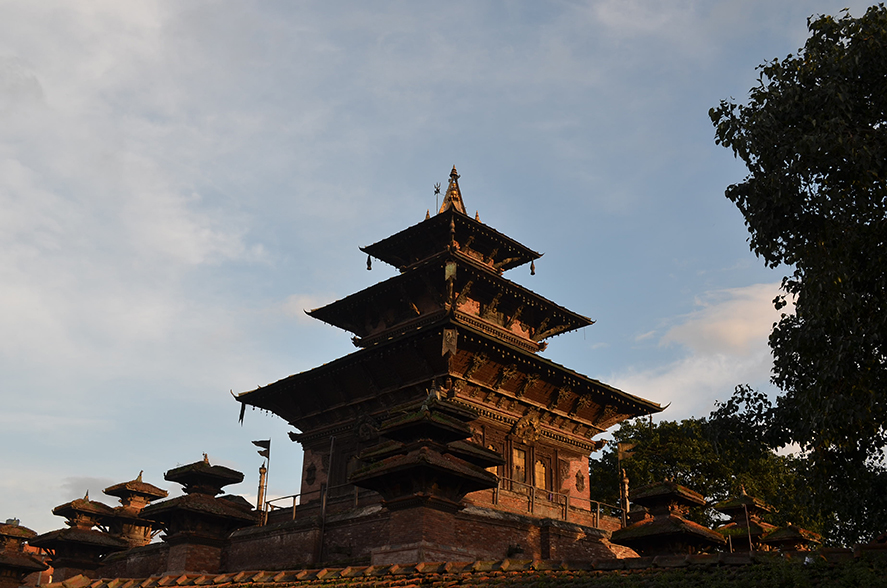
Licchavi dynasty and Malla dynasty was called as golden era in history of Nepal. They made all round progress in the field of trade, art, architecture etc. During Licchavi and Malla dynasty many temples along with architectural masterpieces were built across the Kathmandu city, including Bhaktapur and Lalitpur in order to please the deities. Also, during Malla regime in Kathmandu, unique wooden sculptures were built that was famous on those times as Durbar squares are the best example. It is believed that the Hindu religion recognizes an uncountable number of gods and goddesses. (It is said there are thirty-three crores i.e. three hundred and thirty million deities in the Hindu religion). Additionally, worshiping is an integral ritual of the Hindu daily life usually observed twice a day (in the morning and the evening). As a result, every square and every junction in the older parts of the city has temples and stupas. Not only this, there are way too many temples in the city. Hence, Kathmandu is the City of Temples.
Formation of the name Kathmandu
The name Kathmandu comes from Kasthamandap temple, that stood in Durbar Square. Kathmandu is the Pahari name. In Sanskrit, Kaṣṭha means “wood” and Maṇḍap means “covered shelter”. Thus, Kathmandu is also known as Kasṭhamaṇḍap. Yei is the classical Nepalese name for it. The valley is historically termed as “Nepal Mandala” and has been the home of Newar culture.
Formation of Kathmandu Valley – Ancient Myth
There are various stories regarding the origin of the Kathmandu. According to ancient mythology, Kathmandu valley was once a lake. Manjushree Bodhisatwo came to Nepal from China for pilgrimage. He saw a huge lotus emanating bright light at the center of the lake. So, he cut a deep gorge allowing the water to drain from the lake because he wanted to observe and worship the lotus. Then the Kathmandu valley became the suitable place to live in.
As claimed by the tradition story of Hindus, Kathmandu valley was also a lake. Lord Krishna came to Kathmandu in Dwapar Yuga with some milkmen. He cut the hill in Katuwal Daha and water exit out of the valley towards south and Kathmandu became the place for human settlement.
According to the geologist thousand years ago, Kathmandu valley was a big lake as several rivers flowed towards the lake. The river brought the fertile soil and gravels in the lake. Slowly, the lake was filled with stone, soil, and gravels. The southern part of the lake was made by the limestone. Gradually, it mixed with water and started to melt. Then, water started to flow out of the valley making gorge wider and wider and making several caves too. After that, the lake was swept away and the valley became habitable.

